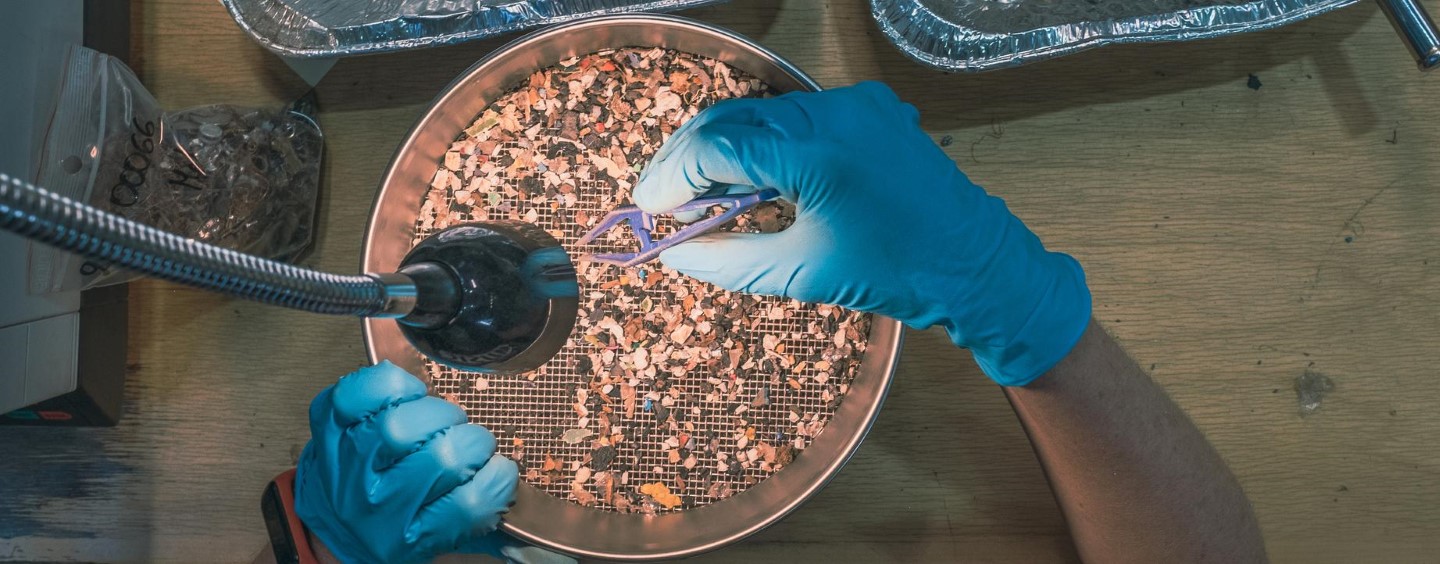Recycling solid oxide cell stacks: paving the way for cleaner hydrogen
A collaborative study shows that valuable materials from SOC stacks can be recovered efficiently – without complex chemical processes.
Solid oxide cells (SOCs) are a key technology in the production of clean hydrogen, one of the cornerstones of the green transition. But what happens when these cells reach the end of their life cycle? A recent study by VTT, Kuusakoski, and Elcogen offers a promising answer.
Published in the peer-reviewed journal Minerals Engineering (October 2025) under the title “Mechanical pretreatment of waste solid oxide cell stacks”, the study demonstrates that mechanical pretreatment can recover over 90% of electrode material in a form suitable for further processing – without the use of harmful chemicals.
“These are complex materials containing valuable metals. There’s a lot of talk about hydrogen production and related investments, but not enough about what happens to the infrastructure when it reaches end-of-life,” says Waltteri Leskinen, Senior R&D Engineer at Kuusakoski.
HOW THE PROCESS WORKS
The study used Elcogen’s SOC stacks, which were dismantled, crushed, and processed through magnetic separation. Large steel components were removed early, followed by the separation of nickel-rich electrode powder and seal materials.
The results:
>90% purity for electrode powder
>95% purity for seal materials
The method is:
- Simple and scalable
- Chemical-free
- Cost-effective and environmentally friendly
CHALLENGES AND NEXT STEPS
Despite the high recovery rates, the electrode powder still contained traces of iron, barium, and magnesium. According to the study, hydrometallurgical leaching shows promise, but separating nickel from iron remains a technical challenge.
“Keeping critical metals like nickel in circulation is essential if Europe is to build a resilient hydrogen economy,” Leskinen emphasises.
WHY IT MATTERS
Fuel cell and electrolyser technologies are widely used in green steel production, Power-to-X applications, and hydrogen storage. Recycling SOC stacks:
- Secures access to critical raw materials
- Reduces CO₂ emissions and environmental impact
- Lowers lifecycle costs for manufacturers and operators
- Supports the goals of the EU Raw Materials Act
LOOKING AHEAD
While Kuusakoski does not yet operate a dedicated recycling line for SOC stacks, this research lays the foundation for further studies and validation of recycling solutions for other cell technologies.
“If we could establish a closed loop system with cell manufacturers, there would be great potential to keep the electrode materials in circulation. This would be not only sustainable but also economically sensible”, Leskinen points out.
WANT TO LEARN MORE?
Read more and contact our R&D team to discuss new project initiatives.
Read the full scientific article at: https://www.sciencedirect.com/science/article/pii/S0892687525003073




